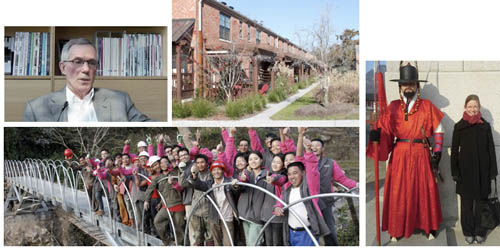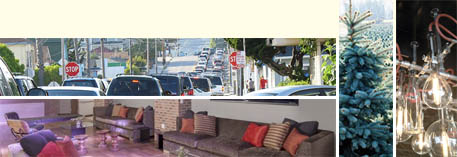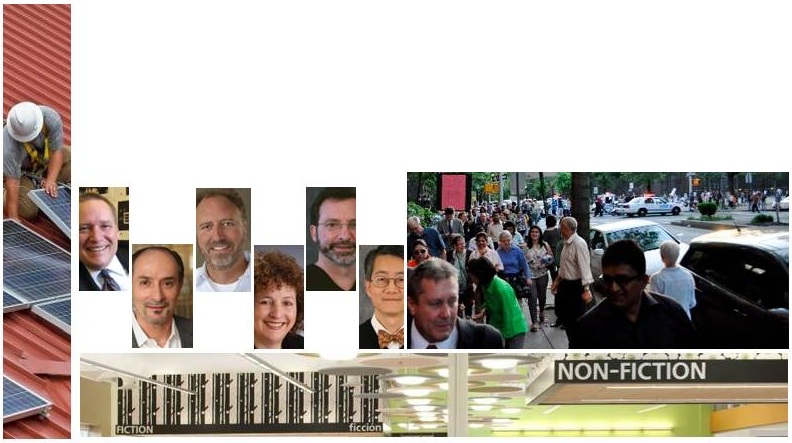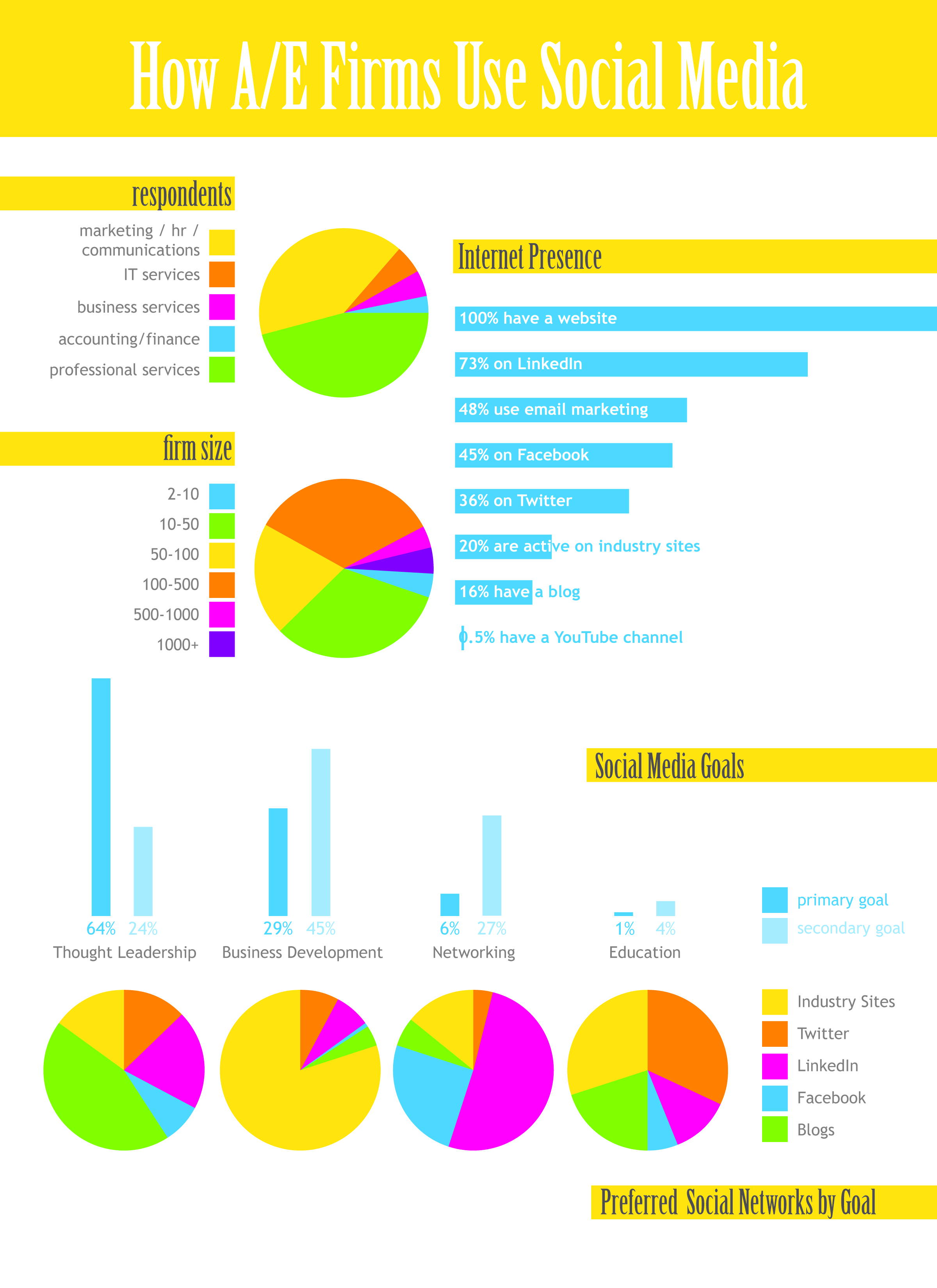This article was originally published in Architect's Newspaper

Field Paoli sponsors employee events put on by the firm's 'Fun Committee.'
Courtesy Field Paoli
Last year, LA-based CO Architects had nine babies born among their 75 employees. According to Associate Principal Frances Moore, their moms work the same amount of time as their male colleagues. “Some of the women having babies are the most driven women we’ve ever had at the firm,” she said.
According to the Family Work Institute (FWI), a non-profit center that researches the changing workplace, this is the new norm. Their 2008 “National Study of the Changing Workforce” found for the first time that men and women—with children or not—of the Millennial Generation express an equal desire to hold jobs with increased responsibility. Moore notes that CO’s new moms are married to professionals with equally demanding careers, meaning that somewhere along the line there’s less time to focus on parenting and, inevitably more tension in balancing work and life.
So with 70 percent of couples now dual earners, families are dividing responsibilities at home and at work in less traditional ways. Meanwhile small and large firms across the country and organizations like the AIA are taking steps to mitigate the issues that invariably result when parenting butts up against a notoriously hard-working culture.
“You can’t do both and do a good job at either,” comments Linda Taalman of Taalman Koch Architecture of work and life responsibilities.
Taalman spends most of her professional day at Woodbury School of Architecture, where she leads studios on building technology. Her husband, Alan Koch, who is also her business partner, takes the role of caregiver in the evening because it’s not unusual for her to teach until 9:00 p.m. on some nights. “But I do the mornings. At home, it’s divide and conquer. We divide our efforts to maximize our time,” she said.
For another husband-wife architecture partnership, Tim Durfee & Iris Anna Regn, an at-home studio allows them to not have to choose between their young daughter and work life—even allowing her to participate in some aspects of the design process.
Yet despite these novel efforts the pressure on architects can often be too much, and firms have had to step up to help architects with families survive.
|

A drawing by architect Yann Taylor's son, Finn.
|
“Parents are critical to any profession or organization because they represent the mid-gap and the future leadership,” said AIA Director of Diversity and Inclusion Sherry Snipes.
Through the Diversity and Inclusion program, the AIA promotes policies like medical benefits for domestic partners, paid or partially paid maternity/paternity leave, telecommuting, and flexible hours to support and retain parents. The organization also tries to set an example through its own policies, allowing its staff to work flexible hours and telecommute.
“The upside for the firm is employee engagement, which drives productivity, lack of absenteeism, staff retention and overall business success,” added Snipes.
At Field Paoli Architects in San Francisco, there is little in the way of these formal policies, but “promoting family and personal lives, makes our employees happier and more efficient—and more valuable to us,” said Principal Mark Schatz. “We like working with interesting people, and interesting people like more than just architecture.” The firm accommodates new parents by adjusting schedules to get them re-engaged. Even though project managers can be frustrated when people aren’t there full-time, Schatz added, “We always find a way to work around it.”
The firm has one program that any parent would particularly appreciate: a paid sabbatical, which is available to every associate and principal after ten years of service. Principal Yann Taylor, with an entrepreneur wife and two children aged five and seven, will be taking his three-month sabbatical in 2013. He has postponed it for a couple of years so that his youngest can better appreciate and remember the experience.

Architects Durfee and Regn's Growth Table is designed for both kids and adults.
Durfee Regn
“This is an opportunity to connect more deeply—not just to my family, but to the world around us. We want our children to experience different cultural viewpoints—and if we happen to come across some great architecture along the way, then so much the better,” said Taylor.
Four of TaalmanKoch’s five architects are parents, and Linda Taalman sees that as a plus not a minus. “People who have kids value time. They don’t waste it and are usually very efficient.” The office operates on a loose schedule allowing staff to arrive and leave at times that work for their day. The firm averages eight-hour days, five days a week with exceptions when deadlines require it.
“A lot of architects abuse people who work for them,” said Taalman. Her firm pays on an hourly model. “We try to be efficient in our process of working projects. Any time someone has put in, they should be paid for it.”
New York-based Goshow Architects’ HR Manager, Joel Peterson, described his firm’s Work/ Life Choices program in which most of the employees participate. Features include benefits for part-time staff working at least 30 hours per week, and creative weekly time splits: four ten-hour days (which are standard office hours during summers), and nine-hour days with a day off every other week. At its core, the program allows employees to offset choices like going to the gym or leaving early for their daughter’s soccer game by putting in the hours missed on another day. Goshow also offers job sharing where two part-time employees share the responsibilities of a single project role.
“To make this work,” Peterson explained, “we include one or two overlapping hours each day, so that the employee taking the next shift is up to date on the little details that transpired. “ While only 13 percent of Goshow employees are parents, the firm finds the flexible approach equally effective at engaging and retaining its under-40 Millennial staff.
“Employees are increasingly expecting the freedom to have both a successful career and personal life.”
Technology can play a supporting role for parents as well. CO Architects—where of its billable staff, 68 percent of men are fathers, and 44 percent of women are mothers—finds flex hours “very challenging because our work is so team based,” said Moore.
CO supplies staff with smart phones and VPN access, which makes it easy for project teams to communicate and share information with their colleagues working from home. The firm also uses video conferencing and Webex to reduce travel demands by working remotely with clients and construction teams on site.
Regn, of Tim Durfee & Iris Anna Regn, sees a shift happening within creative professions, where family is more than ever a part of the thought process. Her interest in parenting’s influence on the creative professional led her to start an initiative called Broodwork, along with artist Rebecca Niederlander, to explore the reactions of those who found an unexpected change in perspective after becoming parents. Broodwork has been presenting the work of creative parents through exhibits and events since 2009, with their latest, Broodwork: It’s About Time, to open on April 30 at OTIS College of Art and Design's Ben Maltz Gallery in Los Angeles.
Regn is optimistic, “When I first began practicing, architecture offices were run like a grad school model—everyone was single and expected to work all night. There was little talk about balancing work and life.” She continued, “But now, flexibility is more possible than ever.” The current generation of parents has made this choice consciously. They’ve become parents a little later and have decided that they want to spend time with their kids. “Because men are now also voicing concerns, it’s no longer just a women’s issue. After all, the way life outside affects design is the core of work itself,” she said.


 Luckett and Farley on the importance of office design. Lake|Flato reflects history in custom lighting. Geoff Manaugh on pop-up forestry. Kaid Benfield on making cities more walkable.
Luckett and Farley on the importance of office design. Lake|Flato reflects history in custom lighting. Geoff Manaugh on pop-up forestry. Kaid Benfield on making cities more walkable.
 HDR considers design in business. A practitioner's POV on research. Perkins+Will farms a rooftop. Pinteresting preservation ideas.
HDR considers design in business. A practitioner's POV on research. Perkins+Will farms a rooftop. Pinteresting preservation ideas.




